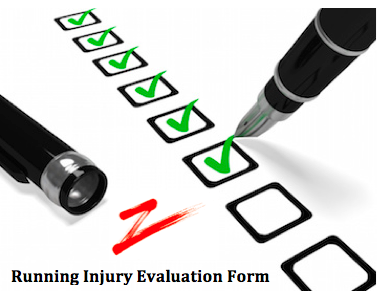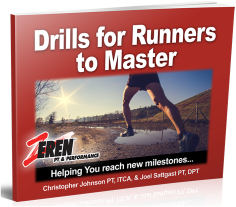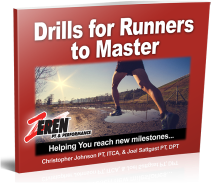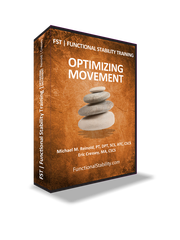|
I’m strongly considering buying a parrot. Not only would a parrot be fun to have as a pet, but it would also prove invaluable in assisting me in helping runners seeking my physical therapy services. Considering that I often sound like a broken record when speaking to runners, I figured that it may be easier to train a parrot to recite several common phrases and mantras that I often use in the clinic. Ten key phrases that I would specifically teach the parrot, in no particular order, are as follows...
1. FIVE WILL GIVE YOU 20 – Heiderscheit and colleagues demonstrated that a five percent increase in step rate, relative to one's preferred cadence, leads to a 20% reduction in energy absorption at the level of the knee. 2. IF YOU CAN SKIP, YOU CAN RUN – I never cease to be amazed by a runner's inability to skip. The performance demands of skipping are very similar to running. Skipping is also a plyometric activity that demands rhythm, timing, and reciprocity. 3. ALL FOOT STRIKE PATTERNS WORK UNTIL THEY DON’T – All foot strikes are viable options when it comes to running, yet possess unique characteristics. One strike pattern is not necessarily superior to others in most cases. At day's end, wouldn't it be nice to be able to perform all three? 4. IF THERE’S ONE THING YOU SHOULD DO BEYOND RUNNING, IT’S STRENGTH TRAIN – At this point, the research has clearly demonstrated the benefits of strength training when it comes to safeguarding against overuse injuries. Strength training serves to build a runner's capacity while eliciting neuromuscular adaptations and improved economy. Running and strength training is a winning combination. So don't worry about putting on unnecessary muscle mass and go pick up some weights. I promise it will benefit you! 5. NEVER FORGET THAT RUNNING IS A TRI-PLANAR ACTIVITY – Although running is primarily a sagittal plane activity, we must never ignore the frontal and transverse planes when it comes to training. This is oftentimes where runners, especially females, require the most attention. 6. YOU MUST BE ABLE TO WALK BEFORE YOU RUN – If you are not able to tolerate walking, then chances are you are asking for trouble to attempt running. So, if you are rebounding from an injury, make sure that you are first able to tolerate walking, unless you want to prolong your recovery. 7. NEVER BE THE VICTIM OF DEFECTIVE SHOES – Simply because a shoe makes it into a store by no means guarantees that it is free of defects. Manufacturers will readily admit that defective shoes are a reality. It is therefore critical to screen for defects, particularly if you are rebounding from an injury. 8. THE TERM, “RECOVERY RUN,” IS AN OXYMORON FOR RECREATIONAL & SUB-ELITE RUNNERS – How can a plyometric activity be used as a means to foster recovery? For most recreational runners, a recovery run is what I call a walk. 9. NOTHING GOOD IS HAPPENING THE LONGER YOUR FOOT IS IN CONTACT WITH THE GROUND – The longer your foot is in contact with the ground, the more range of motion and control you need. Unfortunately, most recreational runners are lacking in both of these departments. So get those feet turning over a bit faster. 10. WHEN IN DOUBT TAKE A REST DAY – Anytime a world class runner or endurance athlete is interviewed at the end of their career, and asked “What would you do differently if you could go back in time?" the response is invariably, “I would’ve rested more." Up to this point in my career, I've never witnessed a runner get injured from taking a rest day. So when in doubt, leave it out.
3 Comments
|
OUR LATEST
E-BOOK for RUNNERS MIKE REINOLD & ERIC CRESSEY'S FUNCTIONAL STABILITY PART 4
Archives
January 2018
Categories
All
|







 RSS Feed
RSS Feed